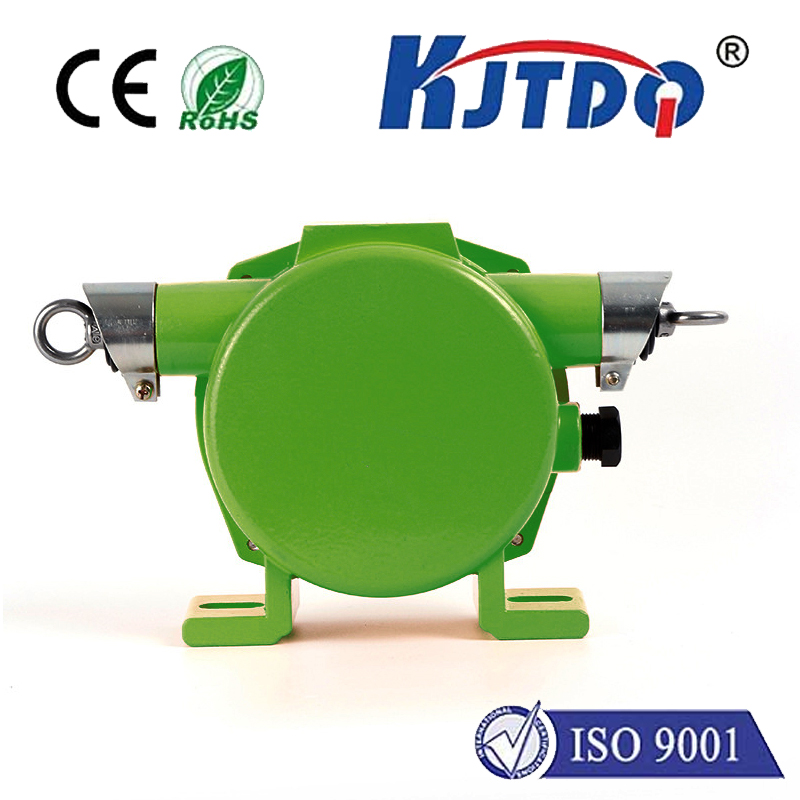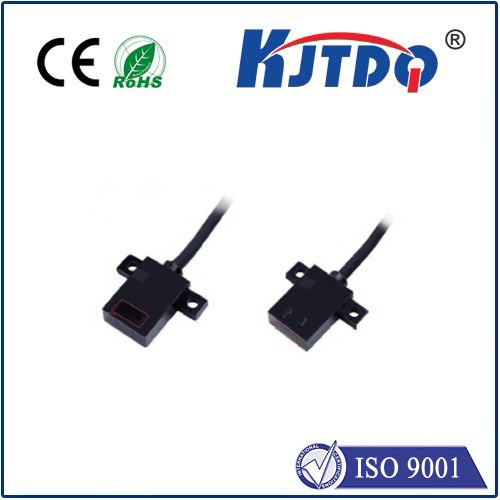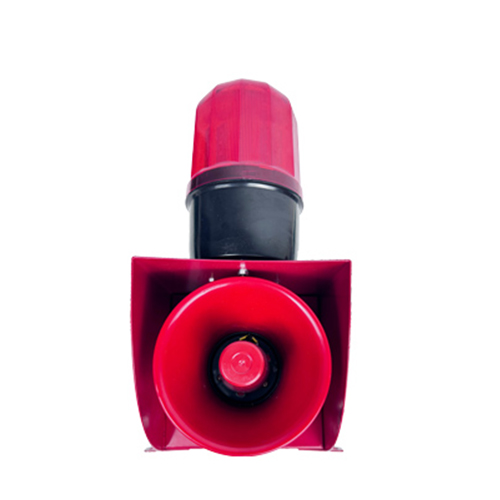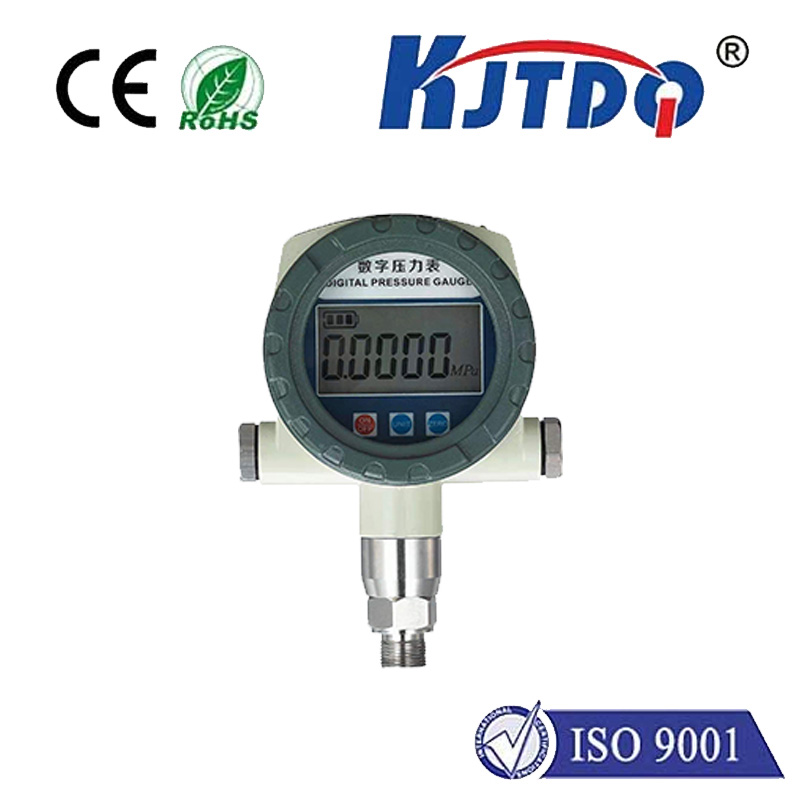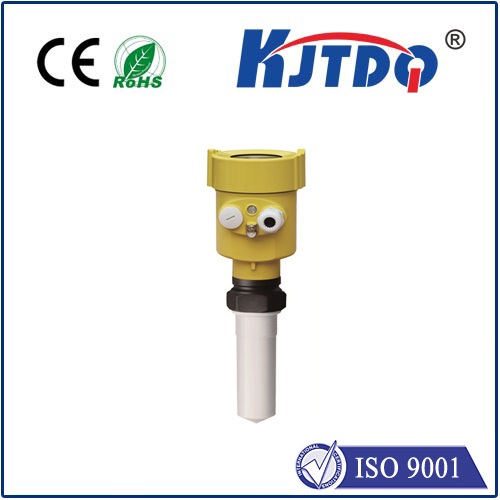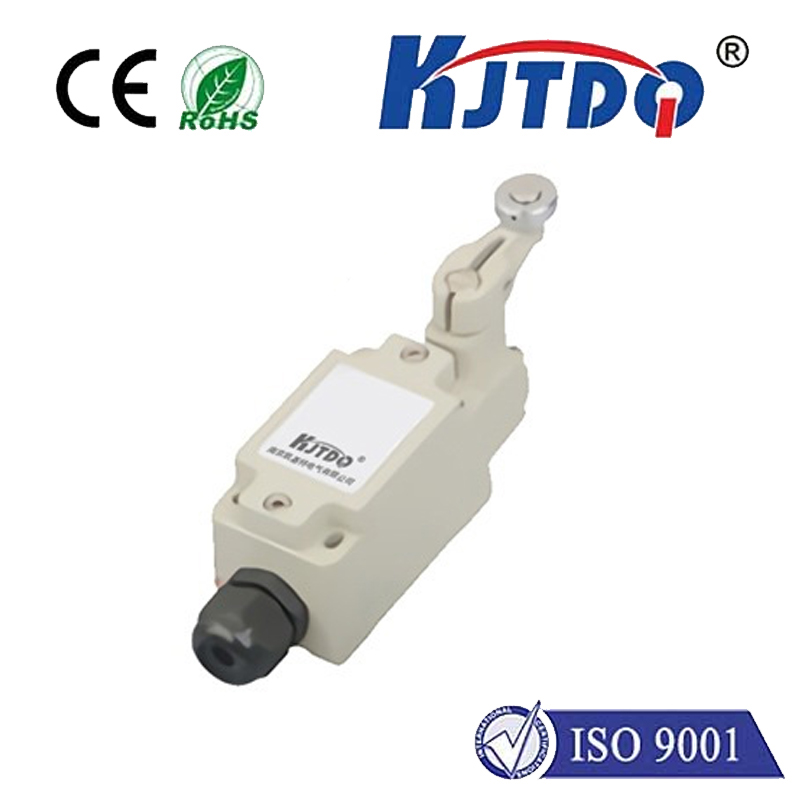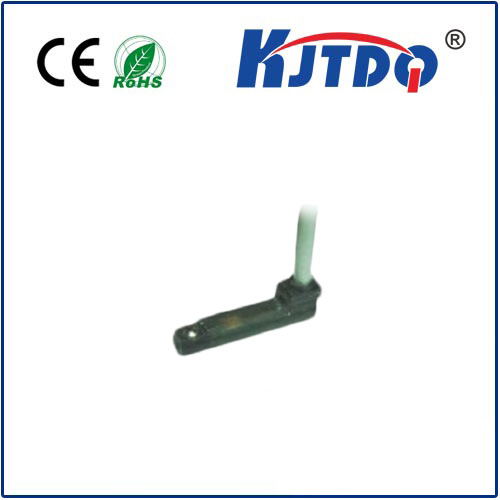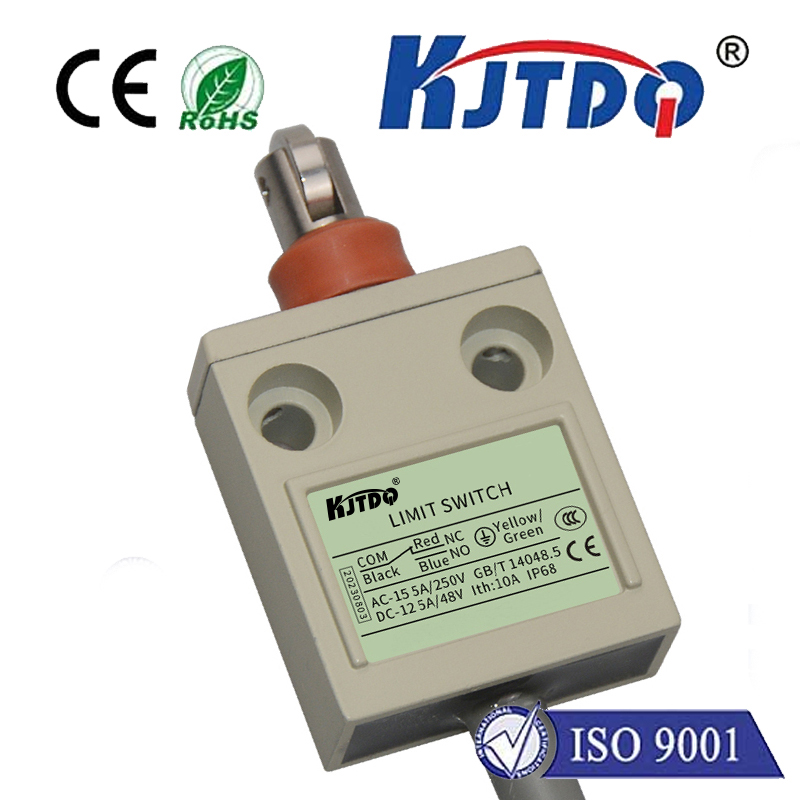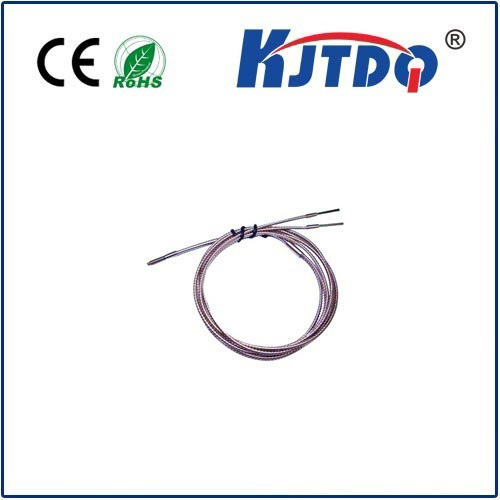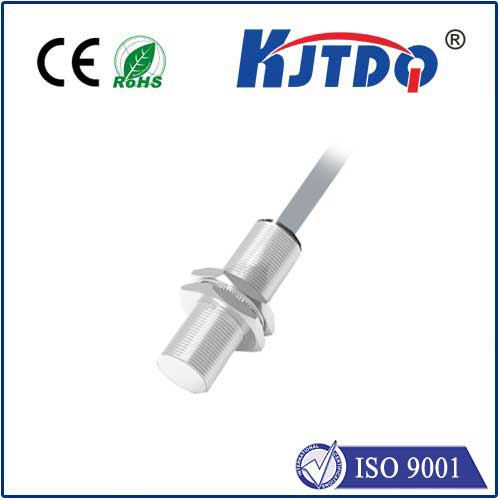reflective photo eye sensor
- time:2025-07-26 01:42:12
- Click:0
Reflective Photoelectric Sensors: The Simple, Versatile Detection Solution
Opening Hook:
Imagine a factory conveyor belt humming, packages zipping by at lightning speed. How does the system instantly know when a box is perfectly positioned for labeling, or when a bottle cap is missing? Or consider your garage door – what magic stops it effortlessly when your car reaches the right spot, yet reverses immediately if a child runs underneath? Often, the unsung hero in countless automated processes is the remarkably efficient reflective photo eye sensor. This ingenious technology, combining simplicity with robust performance, quietly underpins modern automation and safety.
Understanding the Core Principle
At its heart, a reflective photoelectric sensor (sometimes called a photoelectric proximity sensor or diffuse sensor with reflector) operates on a beautifully simple concept: emit light, detect its reflection. Unlike through-beam sensors requiring separate emitter and receiver units, the reflective variant houses both the light source (emitter) and the receiver within a single housing.
Here’s the crucial difference and its advantage: Instead of detecting light transmitted directly from an emitter to a distant receiver (like in through-beam), the reflective sensor sends out a light beam (typically infrared, visible red, or laser) and looks for that same beam bounced back towards itself by a strategically placed reflector or the target object itself. When the beam strikes the reflector, it returns to the receiver within the sensor housing. The sensor’s internal circuitry continuously monitors this received light intensity. A significant change in this intensity – usually a drop when an object interrupts the beam’s path to the reflector or a rise when a reflective object enters the sensing field – triggers the sensor’s output signal.

Key Components and Functionality
A typical reflective photo eye sensor comprises several vital elements:
- Emitter: Most commonly a Light Emitting Diode (LED), generating the sensing beam. Infrared LEDs are popular for their invisibility and resistance to ambient light interference. Red LEDs offer visible beam alignment, while laser diodes enable precision sensing over longer distances.
- Receiver: A phototransistor or photodiode, highly sensitive to the specific wavelength emitted by the LED. It converts incoming light intensity into an electrical signal.
- Optics: Lenses focus the emitted beam into a defined path and collect reflected light efficiently onto the receiver, enhancing range and stability. The design of these optics significantly influences the sensor’s effective sensing range and beam pattern.
- Signal Processing Circuitry: This sophisticated electronics analyze the receiver’s signal, comparing it to a preset threshold. It compensates for background light, detects the presence or absence of a target based on the defined logic (light-on or dark-on), and controls the output switching (e.g., NPN/PNP transistor, relay). Advanced models feature adjustable sensitivity to fine-tune for specific target colors or environmental conditions.
- Housing: Protects the internal components and provides mounting options. Materials range from rugged metals for industrial use to plastics for lighter applications, often offering IP67 or IP69K ratings for dust and water resistance.
The Power of the Reflector
The defining characteristic of the reflective mode is the use of a special retroreflective tape or prismatic reflector. This material is engineered specifically to reflect light directly back towards its source, regardless of the angle of incidence (within its specified range). This ensures a strong, reliable signal is returned to the sensor’s receiver over its maximum rated distance. When an opaque object passes between the sensor and this reflector, it interrupts the beam, causing the received light level to plummet and the sensor to switch states.
Versatility and Sensing Modes
While often associated with reflector-based detection, the terminology can extend to another common mode:
- Reflective (with Reflector): As described above. Ideal for detecting opaque objects passing between the sensor and a fixed reflector. Offers longer sensing ranges than diffuse modes and is highly immune to target color variations (as long as the object blocks the beam).
- Diffuse (Proximity - often confused with “Reflective”): Some sensors labeled broadly as “reflective” might actually operate in diffuse mode. In this case, the sensor relies solely on light reflected directly off the target object itself back to the receiver. No external reflector is used. While simpler to install (only one device), its effective range is shorter and detection is highly dependent on the target’s size, color, texture, and reflectivity. Shiny white objects are easily detected; dark, matte, or small objects pose a challenge.
Why Choose Reflective Photo Eye Sensors? Key Advantages
Their enduring popularity stems from several compelling benefits:
- Simplified Installation: Requires only one mounting point and wiring run for the combined emitter/receiver unit, plus fixing the reflector opposite. This is vastly easier and often more cost-effective than installing and aligning two separate units for through-beam sensing, especially over longer distances or complex paths. Reduced wiring complexity translates to faster setup and lower installation costs.
- Cost-Effectiveness: Generally less expensive than an equivalent through-beam setup (sensor + separate receiver).
- Reliable Object Detection: Excellent for detecting the presence or absence of opaque objects disrupting the beam path to the reflector. Less sensitive to target surface characteristics compared to diffuse sensors.
- Good Sensing Range: Especially when using retroreflective tape/prisms, ranges can extend several meters, bridging the gap between shorter diffuse sensors and longer, more complex through-beam systems.
- Compact Design: A single housing is inherently more space-efficient than two separate units.
- Robustness: Modern designs offer high resistance to vibration, ambient light (thanks to modulation techniques), dust, and moisture.
Critical Applications Across Industries
The humble reflective photo eye sensor is a workhorse found everywhere automation exists:
- Packaging & Material Handling: Detecting boxes, bottles, cans, and pallets on conveyors; verifying case sealing, counting items, triggering print heads or labelers, presence/absence checks. Essential for high-speed production lines.
- Automotive Manufacturing: Confirming part presence in assembly jigs, monitoring robot paths, checking door/window positions, verifying component placement.
- Food & Beverage: Monitoring fill levels (by detecting container position), detecting caps or lids, controlling packaging machines, ensuring product transfer.
- Printing & Paper: Detecting paper jams, monitoring roll diameter (end-of-roll detection), verifying sheet feed, controlling cutters.
- Building Automation & Safety: Safeguarding automatic doors (safety edges preventing crushing), detecting vehicles for gate control, elevator door safety. Critical for preventing accidents.
- Pharmaceuticals: Verifying vial/carton presence, detecting stoppers, controlling capping machines.
Best Practices for Optimal Performance
Maximizing the reliability of your reflective photoelectric sensors involves attention to detail:
- Precise Alignment: The sensor must be perfectly aligned with its reflector for maximum signal strength. Use the visible red LED beam (if available) or the sensor’s alignment indicators during setup. Even slight misalignment drastically reduces range and reliability. Secure mounting is vital to prevent vibration-induced misalignment.
- Clean Optics: Dust, dirt, grease, or condensation on the sensor’s lens or the reflector surface will attenuate the light beam, leading to failure. Regular cleaning is essential, especially in harsh environments.
- Reflector Choice & Positioning: Use high-quality retroref












